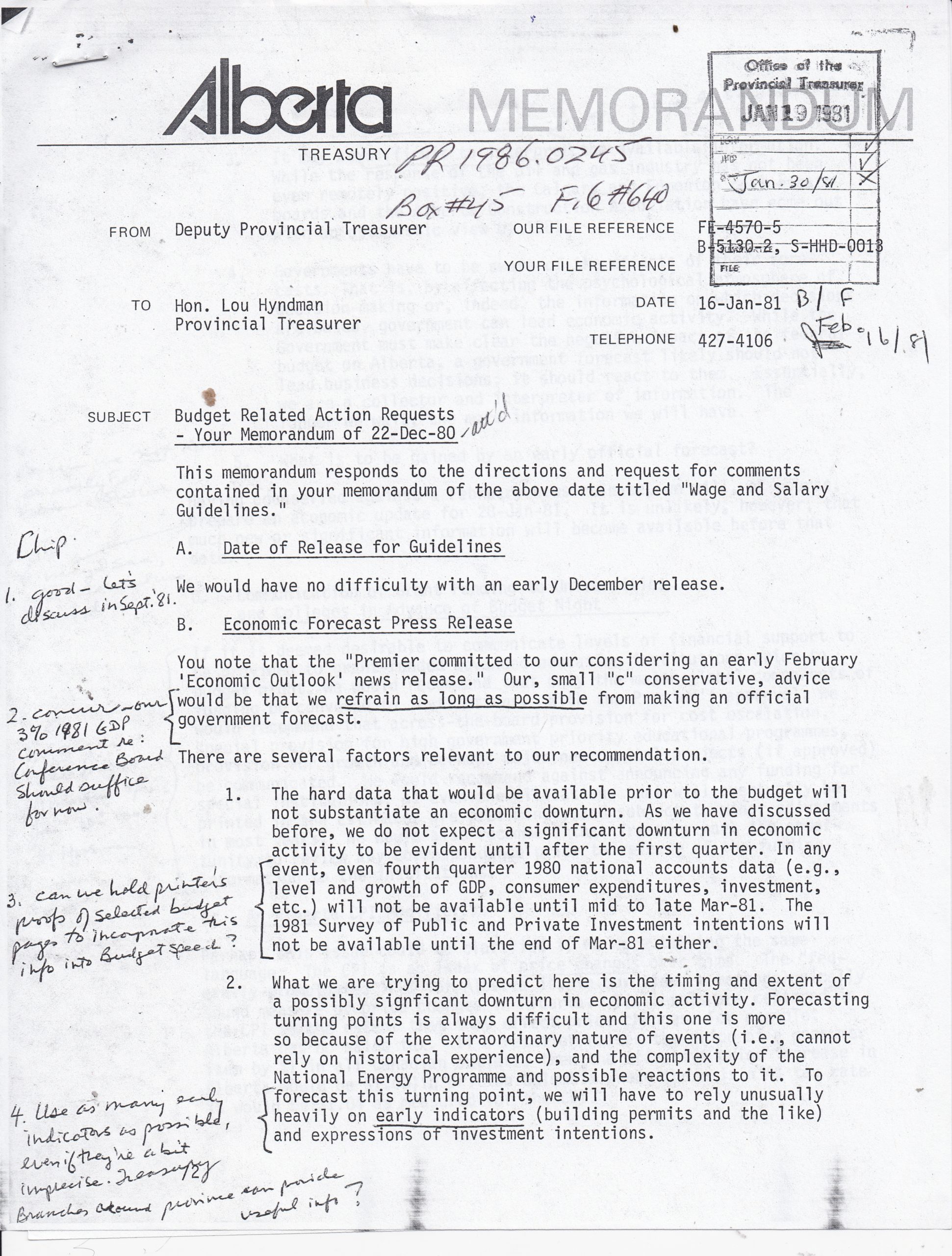Some charts
Below are several charts which yield a number of economic insights about the Alberta economy.
Interprovincial migration
The first chart illustrates the impact of interprovincial migration - people coming to and leaving Alberta since 1961.The chart shows five distinct periods associated with boom and bust conditions in the oil and gas industry. Periods where blue is dominant are boom periods where Alberta was attracting thousands more in-migrants than those leaving the province. These are periods of growing employment and occasional labour shortages. Where the brown colour is dominant, these are quarters when outflow of people exceeded inflows.
Employment
The chart below shows total employment, all occupations, for the province of Alberta since 2006. Alberta employment grows steadily unt...



